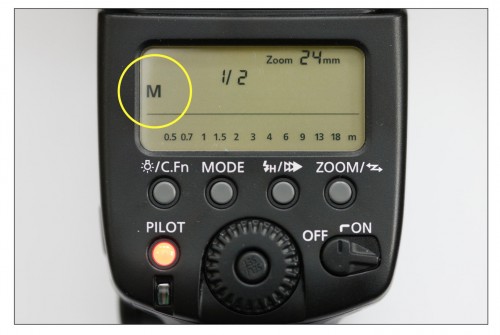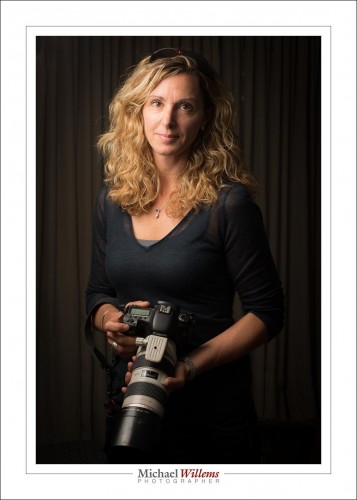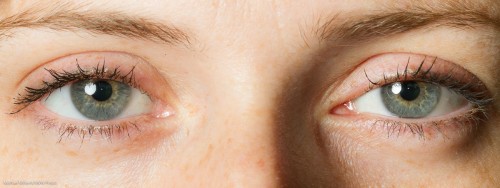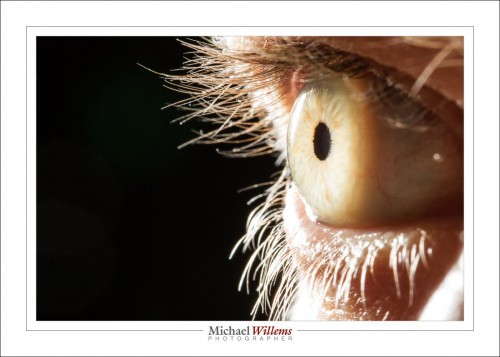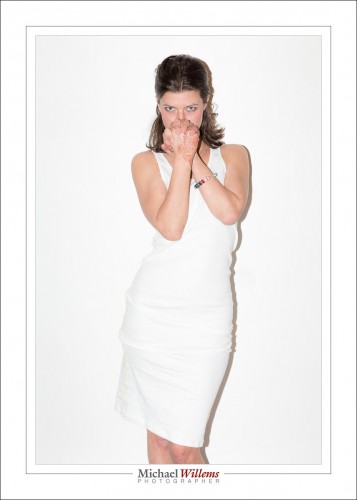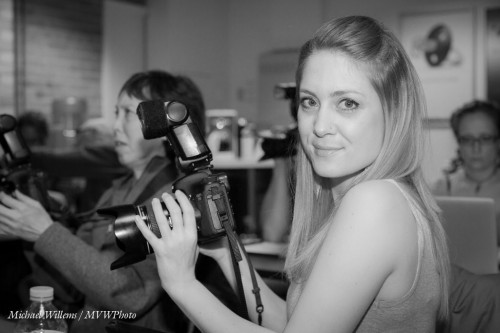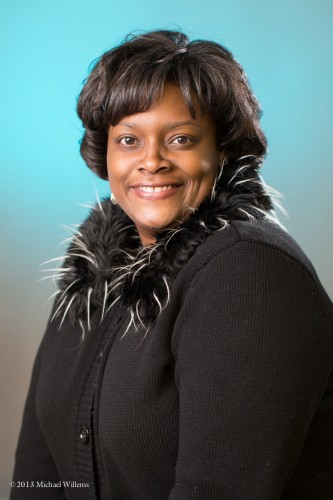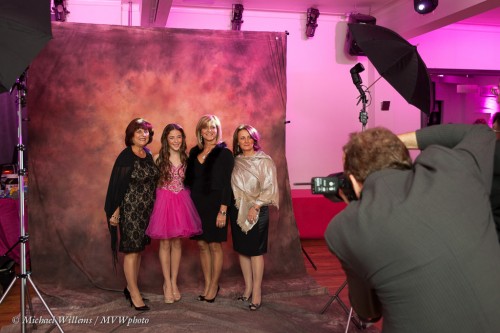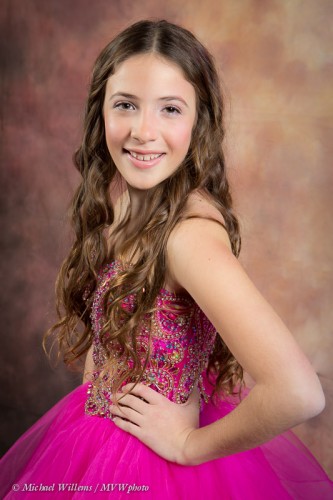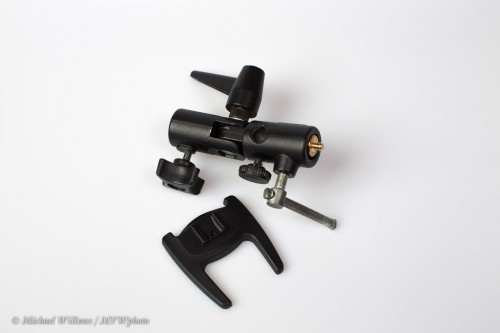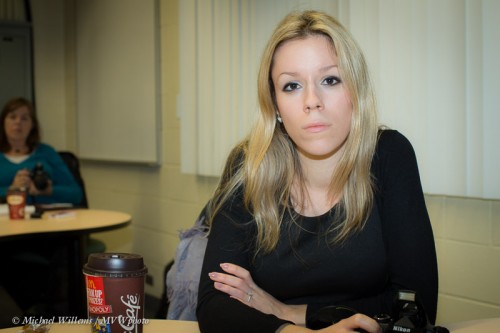Flash TIP OF THE DAY:
Say that you are ready to take a TTL flash shot. Once you have set your camera to a certain ISO and aperture and flash exposure compensation, and you have decided how to point the flash, you can do your test shot.
Say it is too dark. Why? Is it “incorrect metering, subject too light, etc”, or is it just “not enough power at this ISO/Aperture” (the shutter makes no difference)?
To ascertain that, and to see how much reserve you have, set your flash to manual, full (1/1) power:
The example shows half power (1/2); you should select full power (1/1, or 100%).
If you now have an overexposed picture, you know you can do the shot. Go back to TTL (press “mode” until “M” changes to “TTL”) and try again, changing flash compensation until your picture is good.
But if instead, your picture is too dark still, then there is simply insufficient power available. So no amount of flash compensation or metering changes will help. Instead, you have to lower the F-number or increase the ISO until that is no longer the case. (Or you could move to a room with a lower ceiling, if you are bouncing the flash).
I.e. if I were to sum this up, I would say:
Never go to TTL unless in full power manual, your picture is overexposed.
Simple, no? But you would be surprised how many photographers struggle with this simple check.

